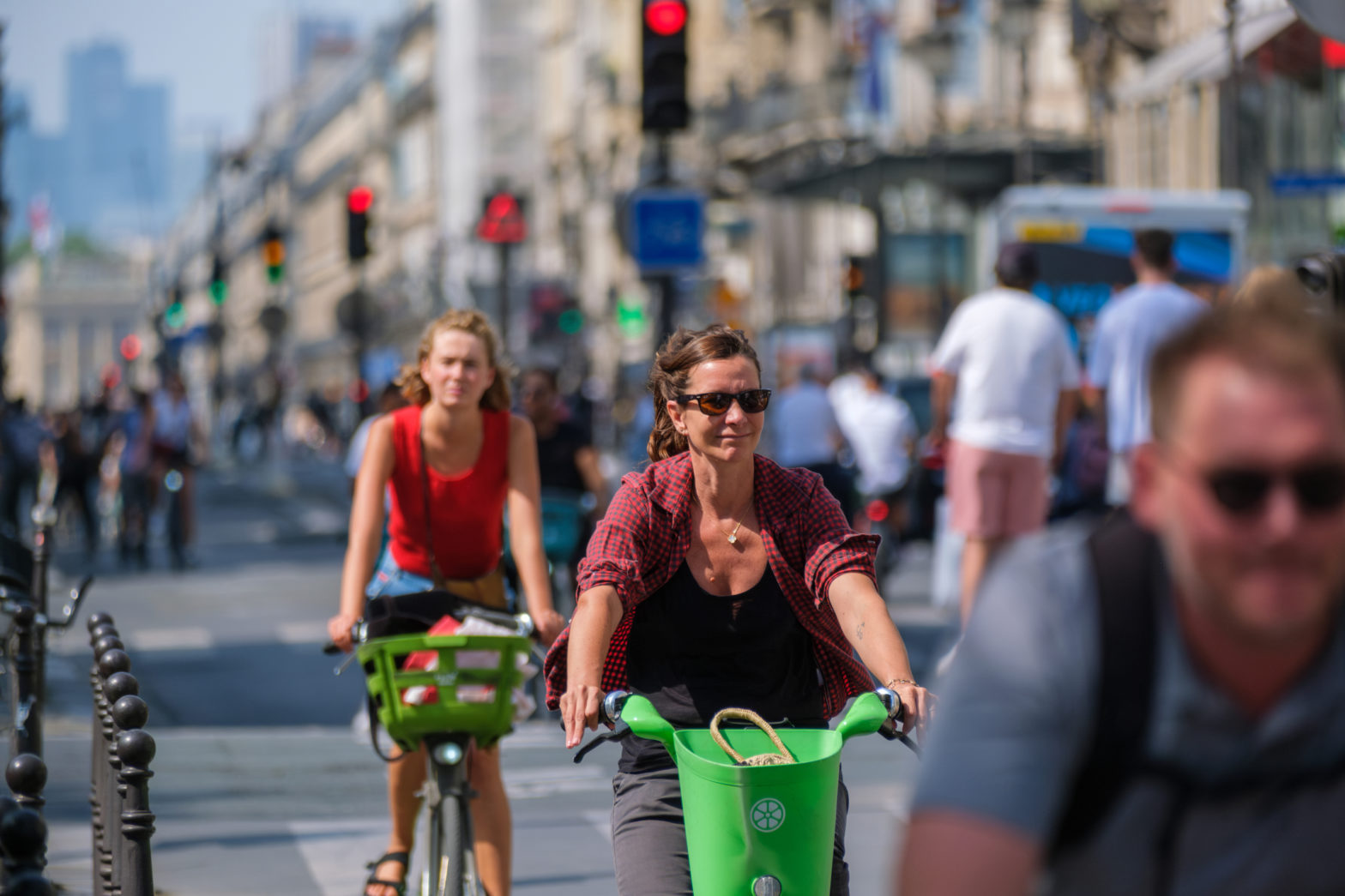
Photo: HTX, Singapore
Robots monitor for ‘undesirable behaviour’ in Singapore
08 September 2021
by Sarah Wray
Singapore is trialling autonomous robots to patrol busy public spaces and monitor for “undesirable social behaviours” such as smoking in prohibited areas, illegal hawking, improperly parking bicycles and flouting COVID safety measures.
Officials claim that the robots will reduce the manpower needed for foot patrols, freeing up staff time for more tasks but others warn of civil liberties risks and the normalisation of digital surveillance.
During the three-week pilot, the robots named ‘Xavier’ will patrol the Toa Payoh Central area. On detection of rule-breaking they will send real-time alerts to the control centre and display messages “to educate the public and deter such behaviours”.
The robots, developed by Singapore’s Home Team Science and Technology Agency (HTX) in partnership with the Agency for Science, Technology and Research, are fitted with sensors to enable autonomous navigation and the avoidance of vehicles and pedestrians along pre-programmed routes. They also have cameras which stream a 360-degree video feed for real-time, AI-powered analytics trained to spot “anomalies”.
“With real-time sensing and analysis, public officers can gain insights on these behaviours more efficiently and effectively, and activate additional resources to respond to on-ground situations when necessary,” a statement said.
Via an interactive dashboard, officers can monitor and remotely respond to incidents via a two-way intercom or using pre-recorded audio messages.
Singapore’s Police Force has used similar autonomous robots during busy events and festivals. Last year, the National Parks Board deployed a four-legged, dog-like robot called Spot from Boston Dynamics to promote social distancing. The new initiative is a joint project involving five public agencies: HTX, National Environment Agency, Land Transport Authority (LTA), Singapore Food Agency (SFA), and Housing & Development Board.
Privacy risks
Lily Ling, SFA’s Director of East Regional Office, said: “The deployment of ground robots will help to augment our surveillance and enforcement resources. For instance, the surveillance of illegal hawkers can be manpower-intensive as officers need to be deployed at various areas across the island. The adoption of robotics technology can be used to enhance such operations, and reduce the need for our officers to do physical patrols.”

Calvin Ng, LTA’s Director of Enforcement and Compliance Management, added: “Xavier can potentially augment our enforcement presence and deter errant active mobility behaviour on footpaths. It could also provide intelligence on new hotspots or areas where egregious active mobility users have been spotted to help focus our physical enforcement efforts.”
Patrol robots often draw dystopian comparisons with Robocop and TV show Black Mirror. Earlier this year, New York Police Department trials of a robot ‘Digidog’ were ended following widespread criticism.
Mayor Bill de Blasio said he was “glad the Digidog was put down.”
“It’s creepy, alienating, and sends the wrong message to New Yorkers,” a mayoral spokesperson said at the time.
The Electronic Frontier Foundation warns that the use of robots equipped with cameras and machine learning poses risks to privacy and could lead to profiling and innocent people being harrassed.
In an article on the rise of policing robots, the non-profit digital rights group referred to “the Orwellian menace of snitch robots” and said: “These robots are just a more playful way to normalise the panopticon of our lives.”







